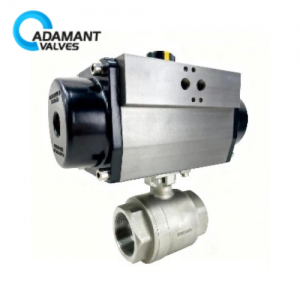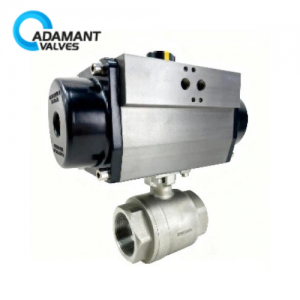What are the End Connection Types for Valves?
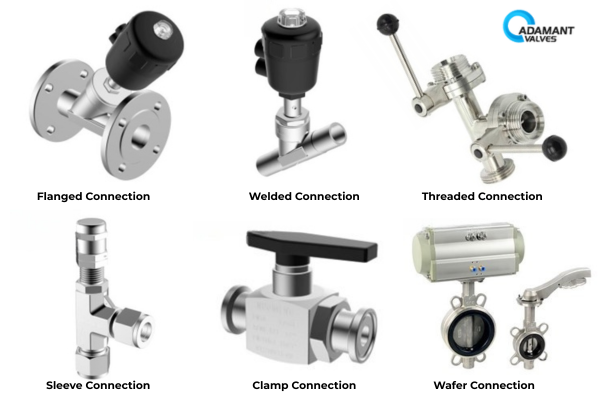
The main types of valve connections include flanged connection, welded connection, threaded connection, sleeve connection, clamp connection, and wafer connection.
1. Flanged Connection
For pipelines larger than 2 inches, flanged connections are the most commonly used method. Valves with flanged connections are easy to install and disassemble. They are also widely applicable in terms of nominal size and pressure. The selection of various flange sealing surface types depends on different operating conditions.
Example:
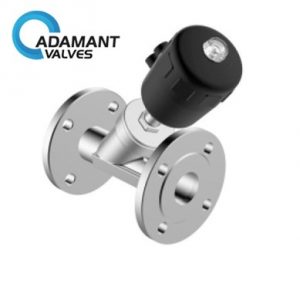
Sanitary Titanium Pneumatic Flanged Angle Seat Valve J02.1
2. Welded Connection
This structure is suitable for various pressures and temperatures. Under more demanding conditions, welded connections are more reliable than flanged connections. However, disassembling and reinstalling welded valves is relatively difficult. Therefore, their use is limited to applications where long-term reliable operation is expected or under harsh conditions such as high temperatures. Examples include pipelines in thermal power plants, nuclear energy projects, and ethylene engineering.
Example:
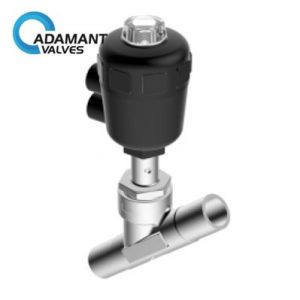
Sanitary Titanium Pneumatic Welded Angle Seat Valve J02.2
3. Threaded Connection
Threaded connections are often used for small valves. They are mostly employed in situations where welding is not suitable or where disassembly is required. Threaded connections provide effective sealing and can be used for non-hazardous fluids in pipelines larger than 2 inches. However, threaded connections are difficult to control, and it is challenging to apply sufficient torque to tighten the joint without damaging the components. Therefore, threaded connections are mostly used in pipelines ≤2 inches for non-hazardous fluids.
Example:
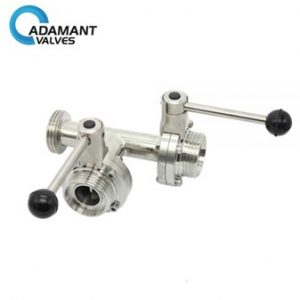
Sanitary 3-Way Manual Butterfly Valve With Threaded Ends
4. Sleeve Connection
The characteristic of sleeve connections is that they rely on the cutting edge of the sleeve to tightly grip the steel pipe wall, ensuring a complete seal for high-pressure fluids inside the pipe. This connection structure offers advantages such as tight fastening, impact resistance, good vibration resistance, easy maintenance, fire and explosion resistance, high pressure tolerance, and excellent sealing performance. It is an advanced connection method used in power plants, refineries, chemical plants, and instrumentation pipelines.
Example:
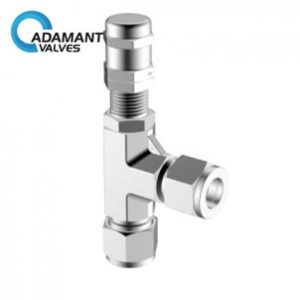
Sanitary Titanium Sleeve Safety Valve T03
5. Clamp Connection
Clamp connection is a fast connection method. Compared to welded and flanged connections, this type of connection provides better stability in pipeline systems and is more adaptable to temperature changes. As a result, it protects pipeline components and reduces the damage caused by pipeline stress to structural parts. It is easy to operate, requires less working space, and is convenient for maintenance. It is widely used in sanitary conditions and extreme operations such as quick disassembly.
Example:
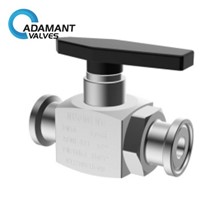
Sanitary Titanium Clamp Ball Valve T5
6. Wafer Connection
Wafer connection valves are installed between two flanges and bolted directly together with the pipeline on both sides. The valve body usually has positioning holes to facilitate installation and positioning, preventing radial displacement during maintenance or gasket replacement. Wafer connection valves are essentially flanged valves, as they form a seal through the compressive force of the flanges on both sides. Their installation method shares the characteristics of flanged connections and is commonly used for butterfly valve installation.
Example:
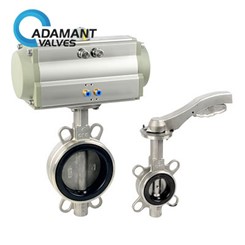
D71 Wafer Type Butterfly Valve



